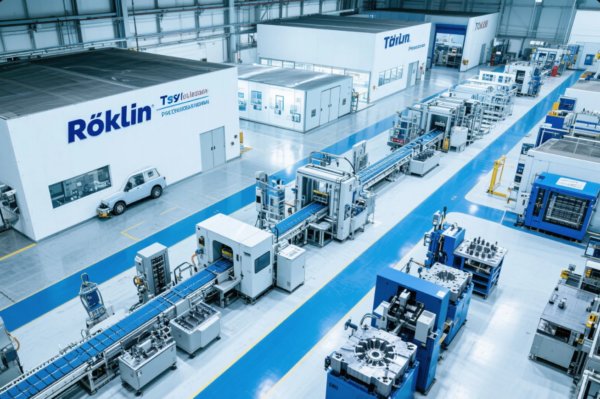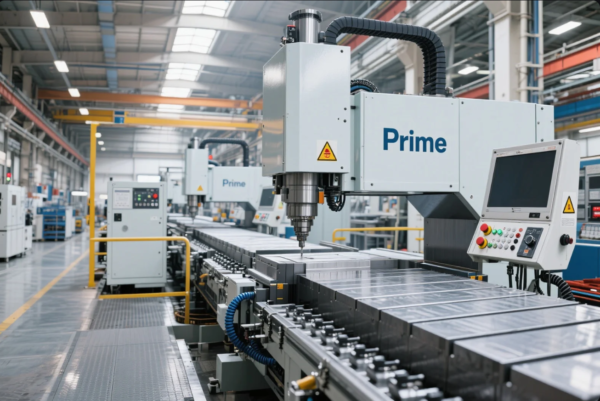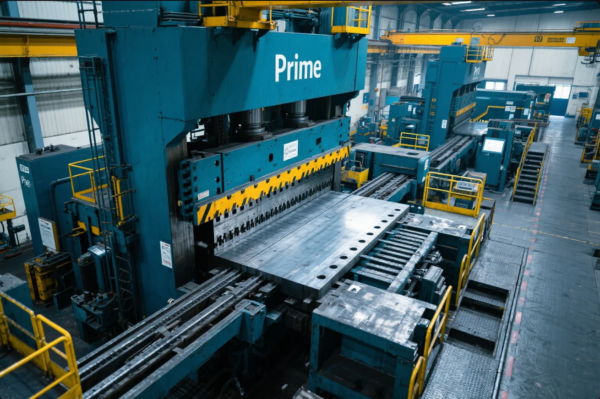What are the four types of mining?
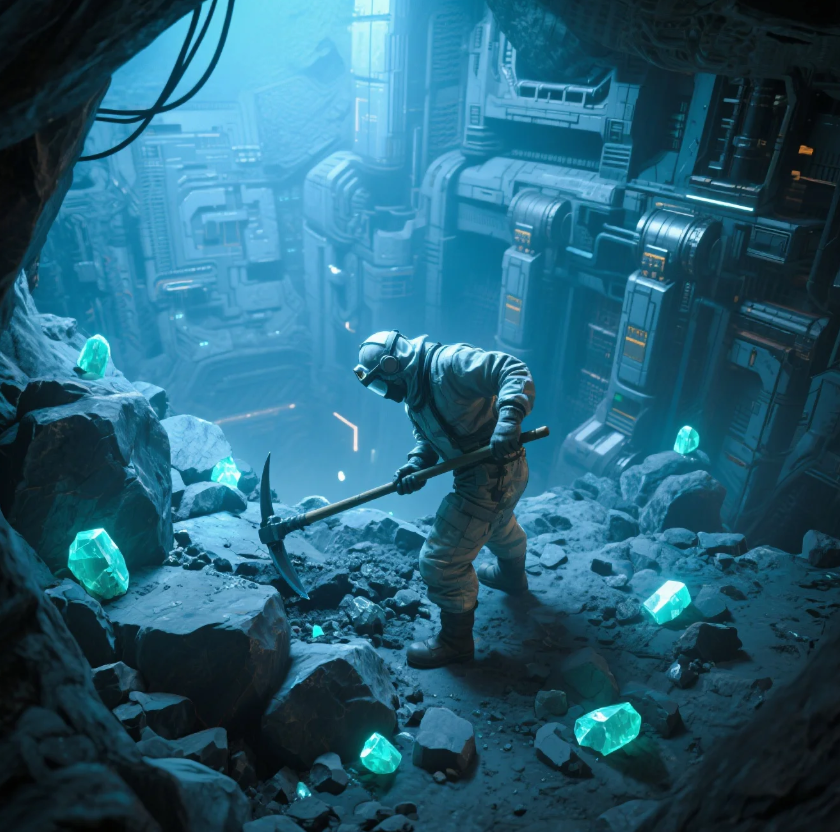
Mining is a crucial industry that provides raw materials for various sectors. There are several methods used depending on the location and type of material being extracted. Let’s explore the four main types of mining.
Snippet paragraph: Mining is done using different methods depending on the materials and resources, and there are four primary types of mining techniques.
Transition paragraph: Read on to discover the four major mining methods and their unique applications in resource extraction.
What are the 4 main mining methods?
The four main mining methods are surface mining, underground mining, placer mining, and mountaintop removal. Each method is suited for different types of minerals and extraction requirements.
Snippet paragraph: The four main mining methods are surface mining, underground mining, placer mining, and mountaintop removal, each with specific applications.
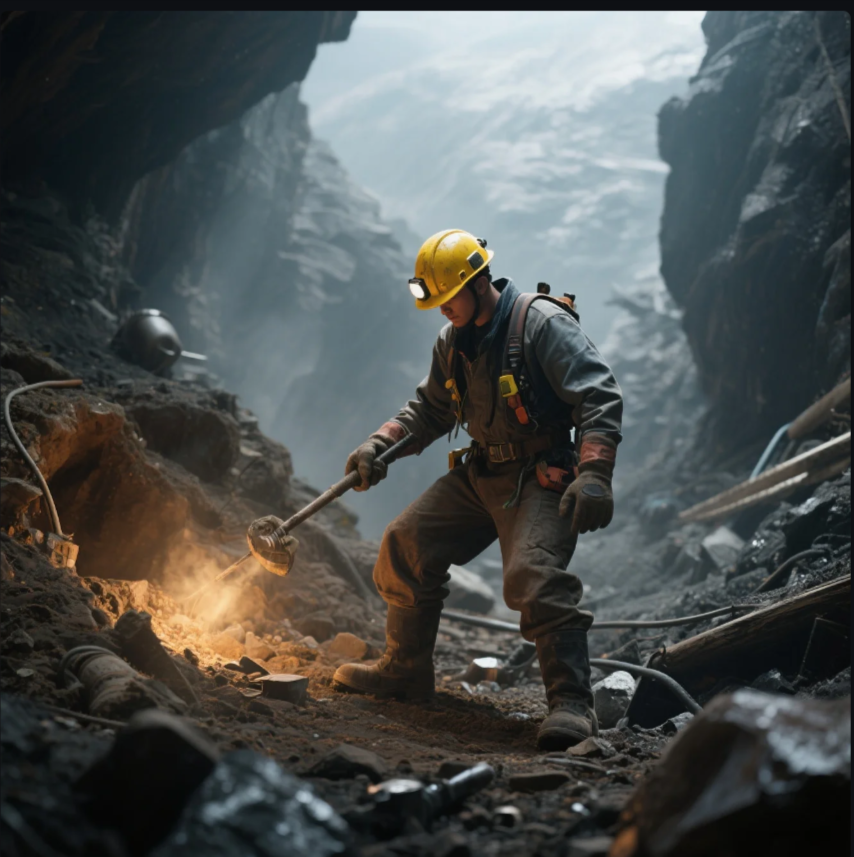
Dive-Deeper paragraph:
The four main mining methods include:
- Surface Mining: This is the most common mining method, used when minerals are close to the Earth's surface. It involves removing large amounts of earth to expose valuable minerals.
- Underground Mining: When minerals are deep beneath the Earth's surface, tunnels or shafts are dug to access and extract them. This method is commonly used for coal, gold, and other precious metals.
- Placer Mining: Used primarily for extracting gold and other precious metals found in riverbeds or other alluvial deposits. Methods like panning, sluicing, and dredging are used in placer mining.
- Mountaintop Removal: A controversial method where entire mountain peaks are removed to access coal seams, mostly used in coal mining operations.
Each of these methods is designed to access different types of deposits and has varying environmental and operational impacts.
What are the 4 major types of surface mining?
Surface mining is the most common method used to extract minerals that are near the Earth's surface. It involves different techniques, each suited to specific types of resources.
Snippet paragraph: The four major types of surface mining include strip mining, open-pit mining, mountaintop removal, and placer mining.

Dive-Deeper paragraph:
The four major types of surface mining are:
- Strip Mining: This method removes long strips of soil and rock to expose and extract the minerals beneath. It is commonly used for coal and other minerals found in horizontal layers.
- Open-Pit Mining: In open-pit mining, large pits are excavated in the ground to extract valuable minerals, such as copper, gold, and diamonds. This method is effective for minerals found in large, shallow deposits.
- Mountaintop Removal: A type of surface mining that involves removing entire mountaintops to access coal seams. This method has significant environmental consequences.
- Placer Mining: Typically used for gold, placer mining involves extracting precious metals from riverbeds or alluvial deposits using methods like panning, sluicing, and dredging.
Surface mining is highly efficient for resources near the Earth's surface but can have significant environmental consequences, such as habitat destruction and pollution.
What are the 4 impacts of mining?
Mining has both positive and negative impacts on the environment and society. The four primary impacts include environmental degradation, loss of biodiversity, water contamination, and health risks.
Snippet paragraph: Mining can cause environmental harm, water contamination, and health risks, but it also drives economic growth.
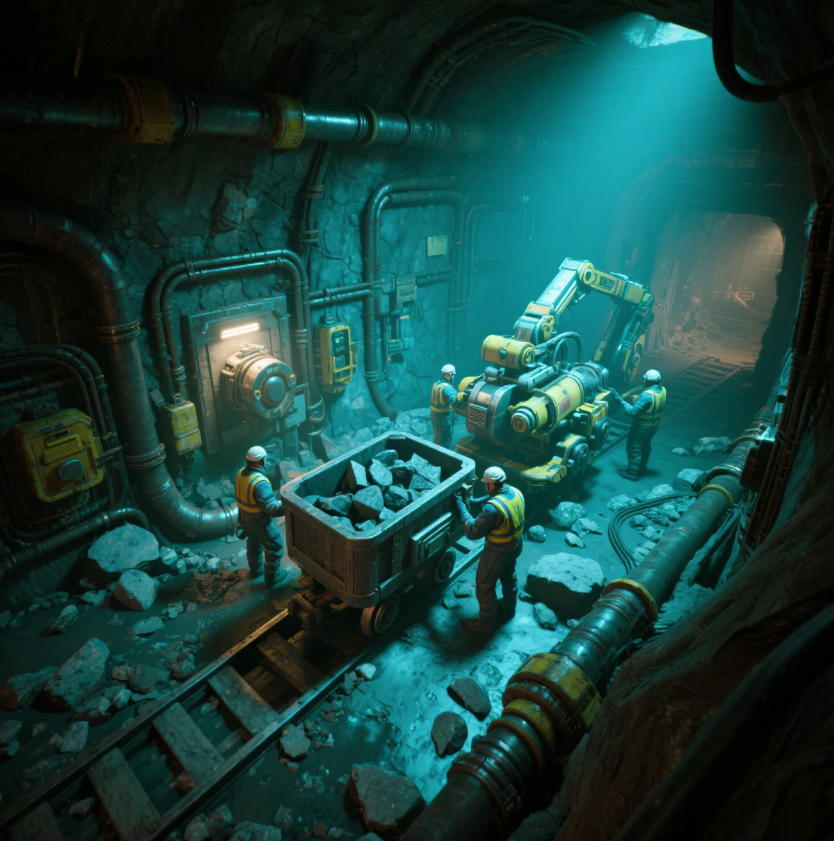
Dive-Deeper paragraph:
The four major impacts of mining include:
- Environmental Degradation: Mining can result in large-scale landscape changes, such as deforestation, soil erosion, and habitat destruction.
- Loss of Biodiversity: Mining activities can lead to the destruction of ecosystems, threatening wildlife and plant species in the area.
- Water Contamination: Mining operations can pollute nearby water sources with harmful chemicals and metals, which affects both wildlife and human populations.
- Health Risks: Miners are often exposed to hazardous materials such as dust, chemicals, and heavy metals, which can lead to serious health problems such as respiratory diseases and cancer.
While mining is necessary for resource extraction, it also requires careful management to mitigate its environmental and social impacts.
What are the 4 types of coal mining?
Coal mining is a significant industry that provides energy for power generation and industry. There are four primary types of coal mining, each suited to different coal deposits and extraction methods.
Snippet paragraph: The four types of coal mining are room-and-pillar mining, longwall mining, surface mining, and mountaintop removal.
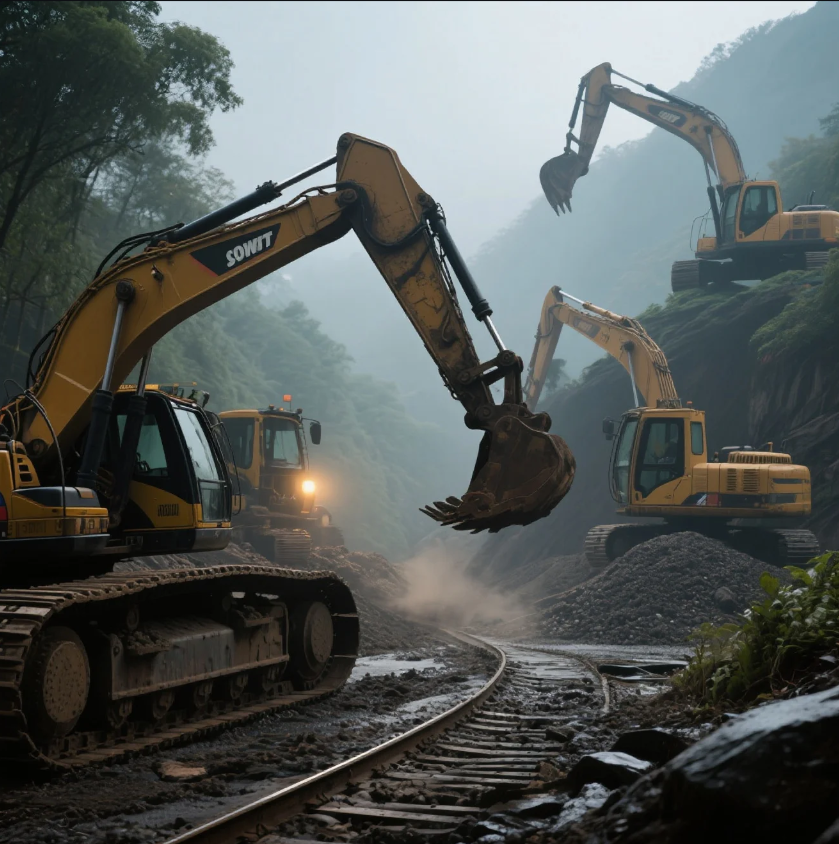
Dive-Deeper paragraph:
The four types of coal mining are:
- Room-and-Pillar Mining: This underground mining method involves creating a grid of tunnels, leaving pillars of coal to support the roof. It is used for coal seams that are relatively thick and close to the surface.
- Longwall Mining: In longwall mining, a mechanical shearer cuts a continuous, long slice of coal from the seam. This method is highly efficient but requires extensive underground infrastructure.
- Surface Mining: When coal deposits are near the surface, surface mining methods like strip mining and open-pit mining are used to extract coal.
- Mountaintop Removal: In areas with steep terrain, mountaintop removal mining is used to remove the top of a mountain to access coal seams beneath.
Each of these mining methods has its own set of advantages, disadvantages, and environmental considerations.
Conclusion
The four primary types of mining—surface, underground, placer, and mountaintop removal—are used to access various mineral resources. Each method has specific applications, benefits, and environmental impacts that need to be carefully managed.


